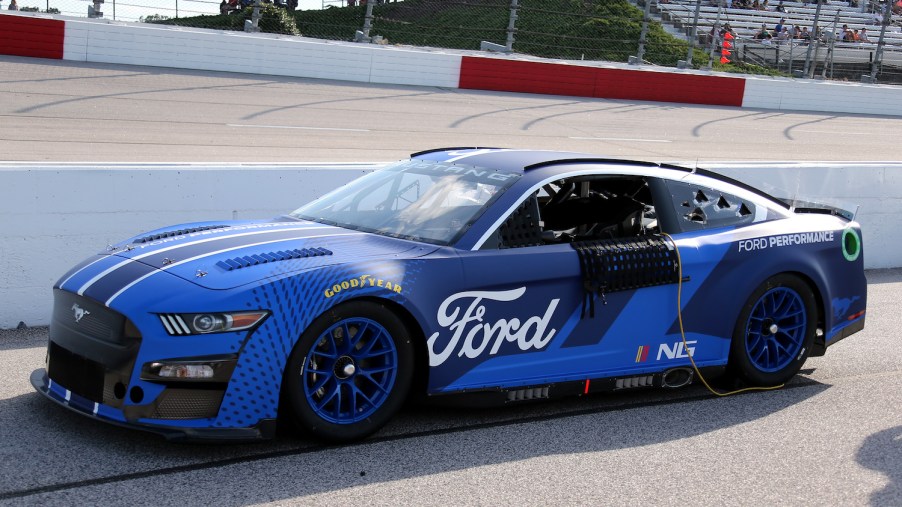
NASCAR Next Gen Cars Are More Stock Than The Current Race Cars
For decades, NASCAR cars were “stock cars.” This meant teams had to race production models. More recently, NASCAR race cars have diverged significantly from the production cars they represent. A new generation, the Next Gen car, will debut for the 2022 season. The NASCAR Next Gen cars will be more stock–closer to production cars–than the race cars they replace.
NASCAR Next Gen Cars are symmetrical
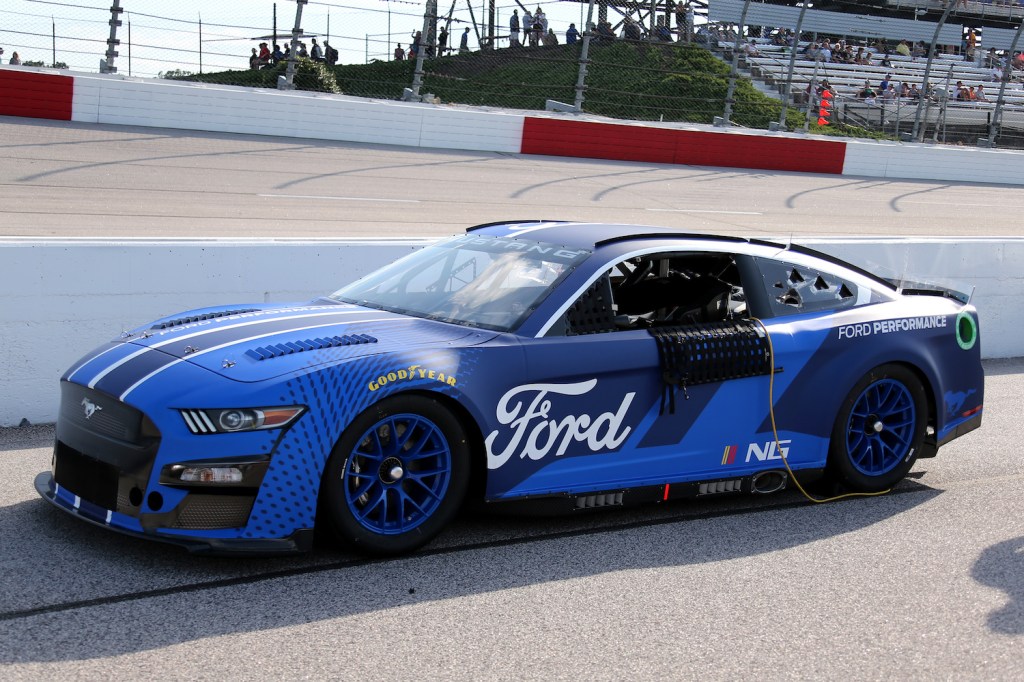
NASCAR teams design their stock cars to resemble either a Chevrolet Camaro, Ford Mustang, or Toyota Camry. The sixth-generation cars–racing through the 2021 season–feature nose cones shaped to mimic the cars they represent as well as decals of the production cars’ grille and headlights. But behind the firewall, current stock cars are very different from production cars.
Sixth-generation NASCAR race cars are asymmetrical: The vehicle’s right sight is a flat aero surface designed to stabilize it in lefthand corners. Its left side is rounded like a production car. NASCAR cars create more turbulence than most other race cars, so engineers designed this shape to allow racers to drive faster.
Obviously, an asymmetrical shape is not how road-legal sports cars achieve cornering performance. But the Next Gen cars aim to achieve the same speeds in a very different way, more akin to a modern sports car.
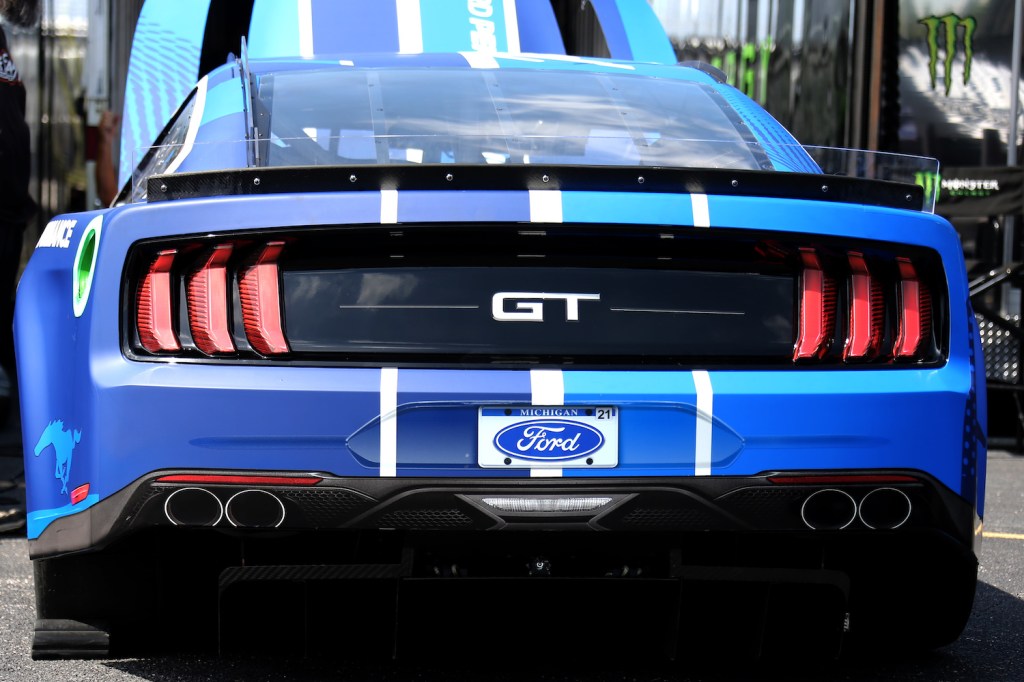
NASCAR Next Gen cars are symmetrical. Their shape is much closer to a production car. These race cars make up for the lack of a flat, right-side aero surface with increased downforce.
The Next Gen Ford, Chevy, and Toyota all use several methods to achieve greater downforce. Firstly, the new cars have air intakes low, on the front of the grille and air exits on top of the hood. Secondly, the rear independent suspension allows a full underwing to move air out from under the car quickly. Finally, the rear bumper of the Next Gen cars includes a diffuser to eject air from beneath the car without creating much turbulence. The result is a fast, stable car.
The symmetrical, Next Gen cars look much more like stock production cars than the sixth-gen cars do. They will also handle more like a modern sports car than sixth-gen cars do. One added benefit of the Next Gen cars creating less turbulence is that fans will see a lot more passing during the 2022 season.
NASCAR Next Gen Cars have independent rear suspension
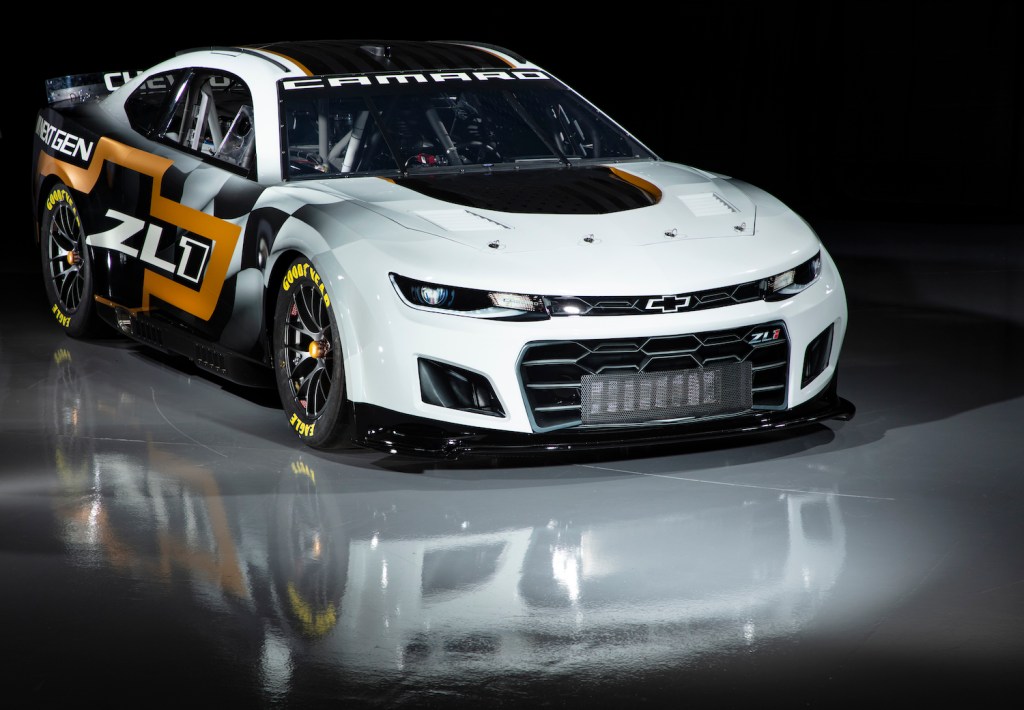
When NASCAR began, teams based their stock cars on production cars with front-mounted V8s, standalone transmissions, and solid rear axles. However, as automotive technology evolved, NASCAR did not. As a result, sixth-generation stock cars use very different–and older–technology than the production cars they represent.
The fifth generation of the production Chevrolet Camaro benefited from cutting-edge, 4.5-link independent rear suspension–beginning in 2010. Ford continued to produce the Mustang with a solid rear axle until 2015, then the Mustang also received independent rear suspension.
The ever-advanced Toyota Corolla offered top-trim RWD models with independent rear suspension in 1980. By 1983, every Camry featured independent rear suspension (note, this was partially due to 1983’s FWD chassis).
NASCAR’s 2021 race cars claim to be stock cars representing modern Mustangs, Camaros, and Camrys. But all these production cars feature independent rear suspension while the stock cars do not.
The NASCAR Next Gen Camaro, Mustang, and Camry will benefit from independent rear suspension. As a result, these new stock cars will be closer to production cars. Independent rear suspension will also help the new cars maintain contact with the track while bumping other cars or driving over any imperfections. Finally, teams will be able to adjust the camber of the rear wheels to match the angle of highly banked tracks, such as the Bristol Motor Speedway.
NASCAR Next Gen cars ride on 18-inch aluminum rims
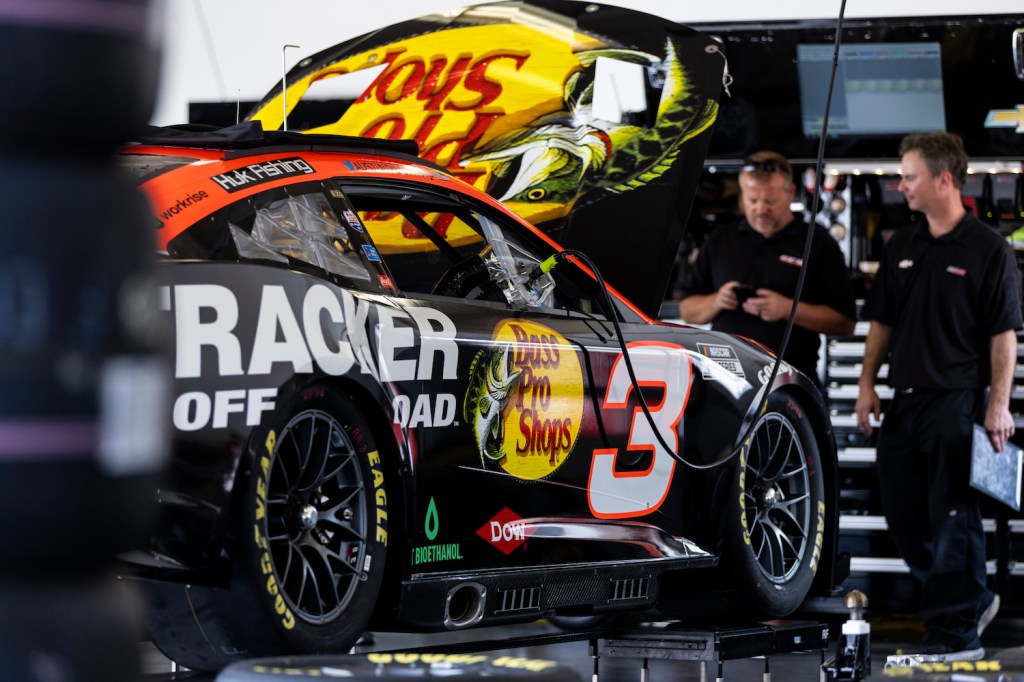
Astute fans have already noticed Next Gen NASCAR cars ride on large, modern rims. The 2022 race cars will feature 18-inch forged aluminum rims. Through 2021, NASCAR used 15-inch steel rims. This upgrade will make the new cars more like production cars and afford them handling similar to production sports cars.
The large, 18-inch rims will wear stiff, low-profile Goodyear tires. The entire rim and tire package will weigh less and thus hug the track better at high speeds.
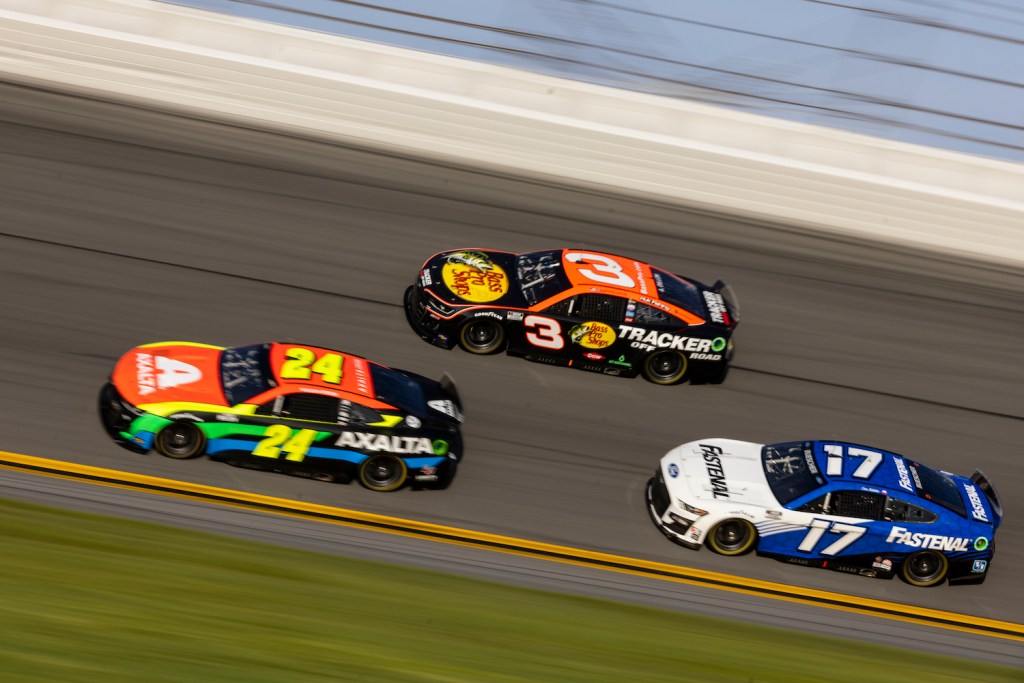
The new modern-style forged aluminum rims look much more like the rims found on top-trim Mustangs, Camaros, and Camrys. One of the reasons modern cars use aluminum is that the aluminum material is better than steel at expelling brake heat. In addition, the open design of the modern rims better expels brake heat. The result will be less brake fade, a dangerous phenomenon during long races.
Finally, the larger rims and their small, centerlock-style hubs will make room for much larger brake rotors. Manufacturers expect a 25% increase in braking capability with their Next Gen cars. That is a major, potentially life-saving upgrade.



